The Conciergerie (French pronunciation: [kɔ̃sjɛʁʒəʁi]) (English: Lodge) is a former courthouse and prison in Paris, France, located on the west of the Île de la Cité, below the Palais de Justice. It was originally part of the former royal palace, the Palais de la Cité, which also included the Sainte-Chapelle. Two large medieval halls remain from the royal palace. During the French Revolution, 2,780 prisoners, including Marie Antoinette, were imprisoned, tried and sentenced at the Conciergerie, then sent to different sites to be executed by the guillotine. It is now a national monument and museum.
https://en.wikipedia.org/wiki/Conciergerie
Conciergerie - Wikipedia
Medieval building in Paris, France The Conciergerie (French pronunciation: [kɔ̃sjɛʁʒəʁi]) (English: Lodge) is a former courthouse and prison in Paris, France, located on the west of the Île de la Cité, below the Palais de Justice. It was originall
en.wikipedia.org
As with many museums, reservations are almost mandatory to visit this one. You can also visit without a reservation, but you never know when you'll be able to get in.

The first sight you'll encounter on the tour is the Sainte-Chapelle, where every window is beautifully stenciled.
The Sainte-Chapelle (French: [sɛ̃t ʃapɛl]; English: Holy Chapel) is a royal chapel in the Gothic style, within the medieval Palais de la Cité, the residence of the Kings of France until the 14th century, on the Île de la Cité in the River Seine in Paris, France.
Construction began sometime after 1238 and the chapel was consecrated on 26 April 1248. The Sainte-Chapelle is considered among the highest achievements of the Rayonnant period of Gothic architecture. It was commissioned by King Louis IX of France to house his collection of Passion relics, including Christ's Crown of Thorns – one of the most important relics in medieval Christendom. This was later held in the nearby Notre-Dame Cathedral until the 2019 fire, which it survived.
Along with the Conciergerie, Sainte-Chapelle is one of the earliest surviving buildings of the Capetian royal palace on the Île de la Cité. Although damaged during the French Revolution and restored in the 19th century, it has one of the most extensive 13th-century stained glass collections anywhere in the world.
The chapel is now operated as a museum by the French Centre of National Monuments, along with the nearby Conciergerie, the other remaining vestige of the original palace.
https://en.wikipedia.org/wiki/Sainte-Chapelle
Sainte-Chapelle - Wikipedia
French royal chapel in Paris, France The Sainte-Chapelle (French: [sɛ̃t ʃapɛl]; English: Holy Chapel) is a royal chapel in the Gothic style, within the medieval Palais de la Cité, the residence of the Kings of France until the 14th century, on the Îl
en.wikipedia.org



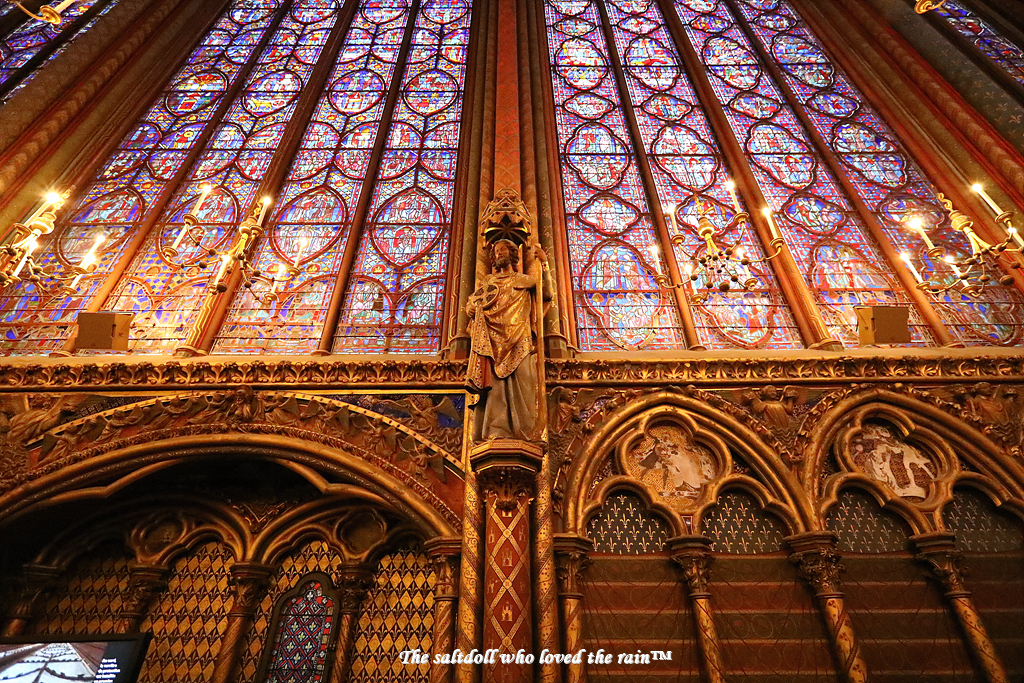

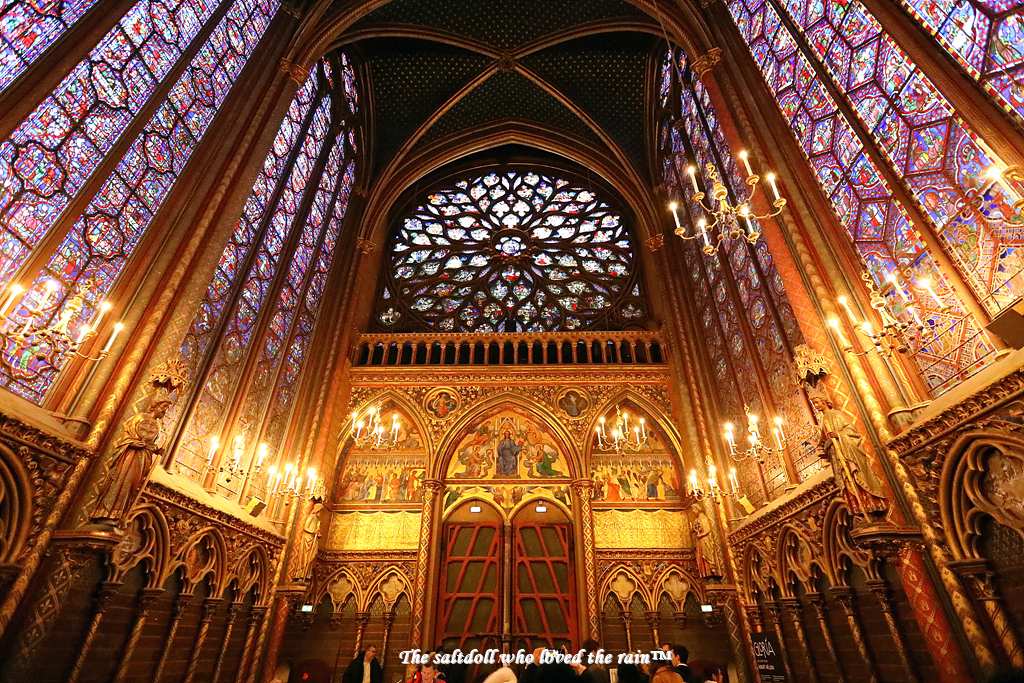








After visiting here, you will be taken to another building, which is the Conciergerie.
When you enter, they'll hand out smart-pads one by one. This smart pad is called the Histopad.

https://www.paris-conciergerie.fr/en/discover/histopad
Histopad - CMN
Histopad
www.paris-conciergerie.fr
This histopad makes viewing a bit like playing a game. (It's free to borrow)
I didn't rent a histopad because I prefer to take pictures.
https://youtu.be/QdYwNi82XEY?si=dz0P4SEam7KOPJxQ&t=13


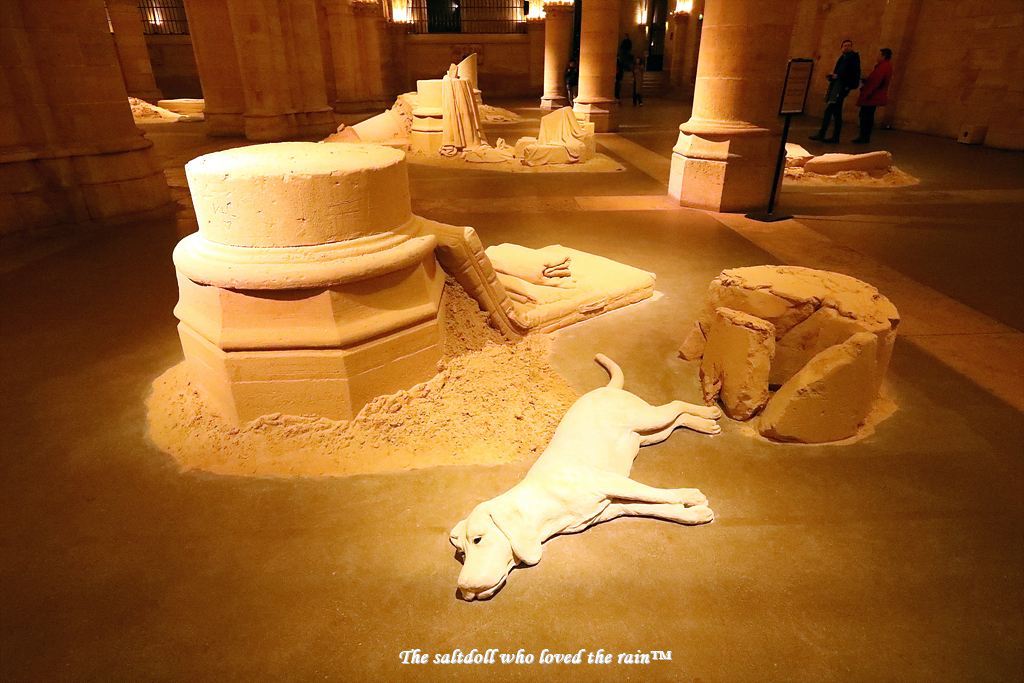

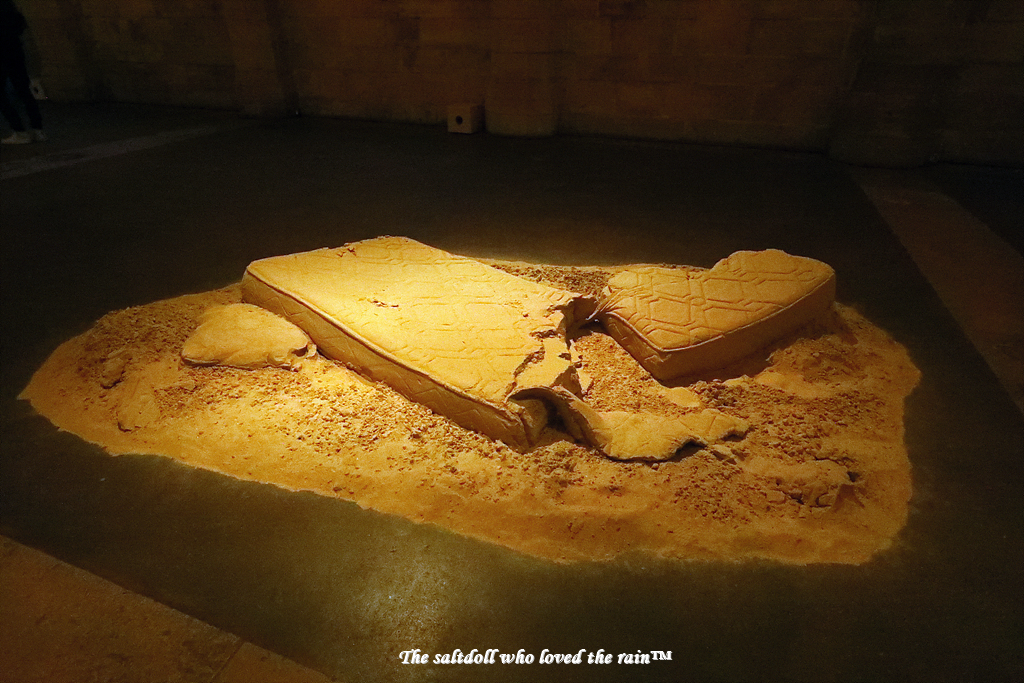




It's like being frozen in time.
From here, we're inside the prison.
What's interesting about this prison is that it was a fee-based prison, so the facilities changed depending on how much you paid. Therefore, prisoners were divided into three categories depending on the amount of money they paid.
Its prisoners were a mixture of common criminals and political prisoners. In common with other prisons of the time, the treatment of prisoners was dependent on their wealth, status and associates. Wealthy or influential prisoners usually got their own cells with a bed, desk and materials for reading and writing. Less-well-off prisoners could afford to pay for simply furnished cells known as pistoles, which would be equipped with a rough bed and perhaps a table. The poorest would be confined to dark, damp, vermin-infested cells known as oubliettes (literally "forgotten places"). In keeping with the name, they were left to live or die in conditions that were ideal for the plague and other infectious diseases, which were rife in the unsanitary conditions of the prison.


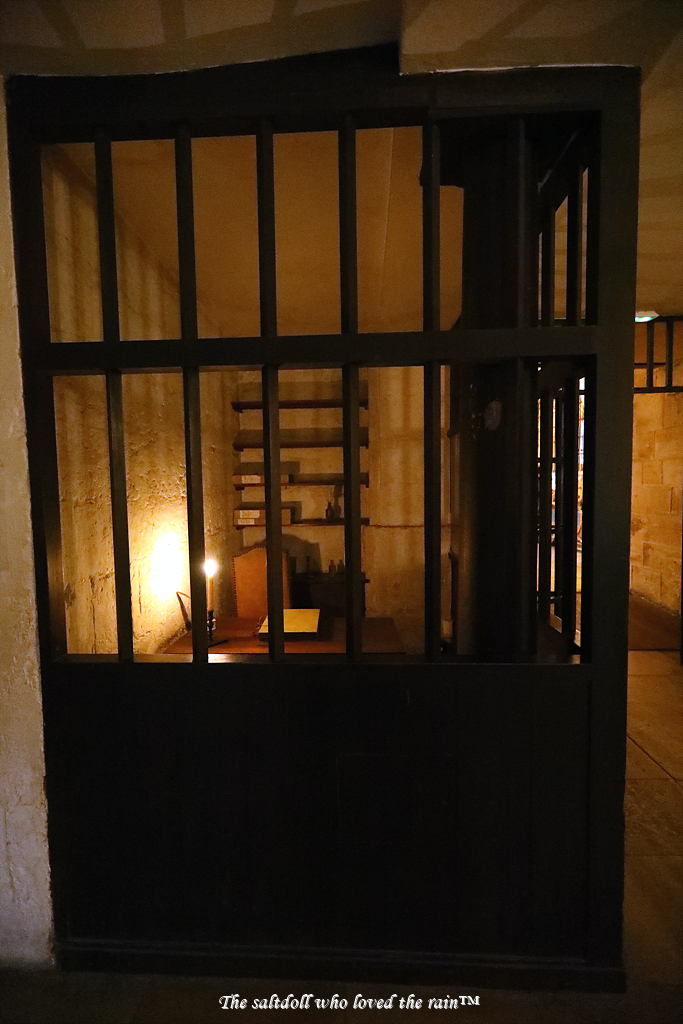







This is one of the must-see attractions for travelers visiting Paris.
For more information, see the homepage.
https://www.paris-conciergerie.fr/en
Welcome to the Conciergerie - CMN
Welcome to the Conciergerie
www.paris-conciergerie.fr
Thank you for visiting my blog and reading the article.
- Camera : Canon EOS-5D Mark IV
- Lens : Canon EF 16-35L / f2.8
'Travel, Trip and Photos' 카테고리의 다른 글
| Palace of Versailles (베르사유 궁전) Part 1 (0) | 2024.03.02 |
|---|---|
| Musée de l'Orangerie (Orangery Museum, 오랑주리 미술관) (2) | 2024.02.05 |
| Panthéon, Paris (팡테옹) (2) | 2024.01.31 |
| Cluny Museum - National Museum of the Middle Ages (중세 국립박물관) (0) | 2024.01.31 |
| Orsay Museum (Musée d'Orsay, 오르세 미술관, 오르세 박물관) (2) | 2024.01.29 |